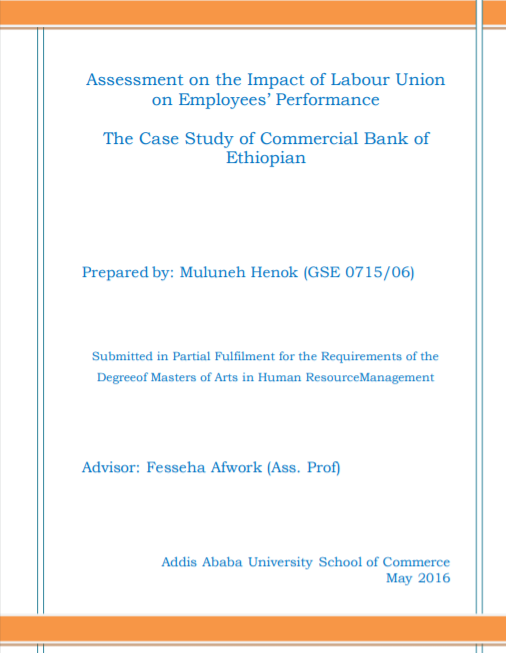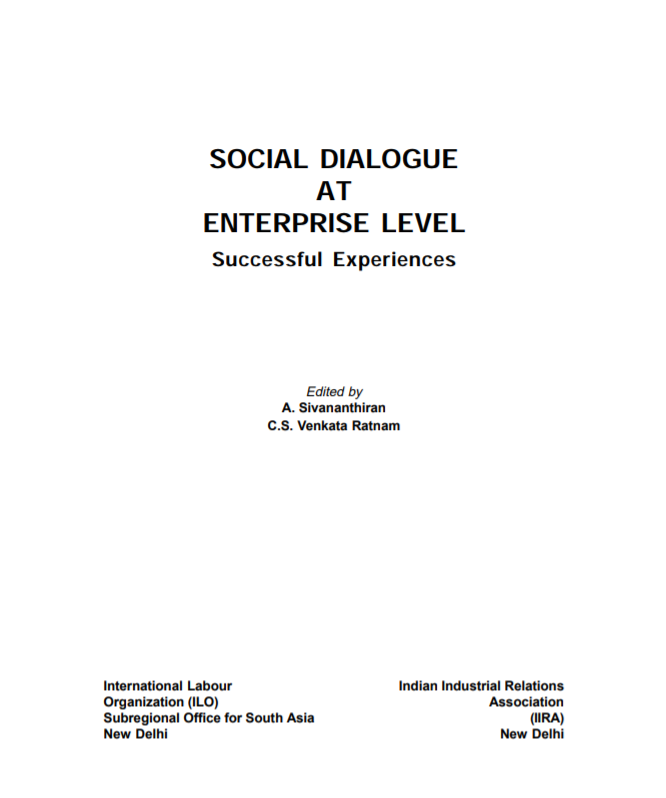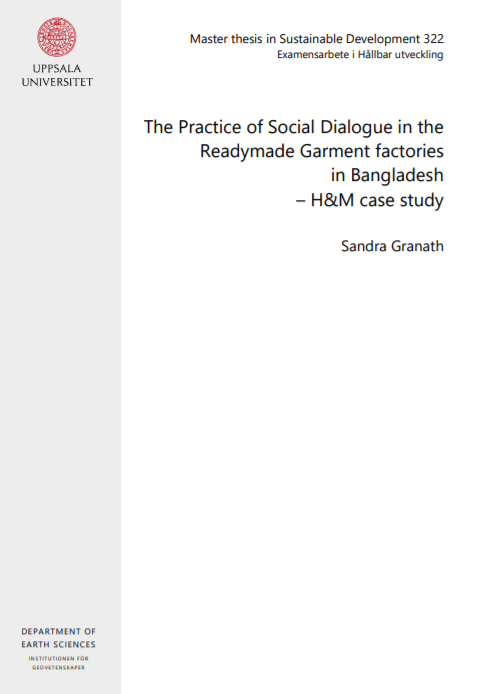
This is a study of Social Dialogue in developing countries. It was commissioned by the Norwegian Agency for Development Cooperation (Norad) on behalf of the Royal Norwegian Ministry of Foreign Affairs (MFA) in November 2010. It was prepared by Michael Fergus, partner in Nordic Consulting Group AS. The purpose of the study is to map experience with dialogues on socio‐economic issues between government and organisations in productive sectors, and possibly civil society organisations, in selected developing countries. In countries where a system of social dialogue has been established the study also assesses whether the experience is of interest for other countries to learn from. Norway may then consider supporting some form of interaction between countries in the South. It is not the purpose of the study to try to assess whether the Norwegian model of social dialogue can be copied into different political systems and cultures.
For the original source, please, click here.






